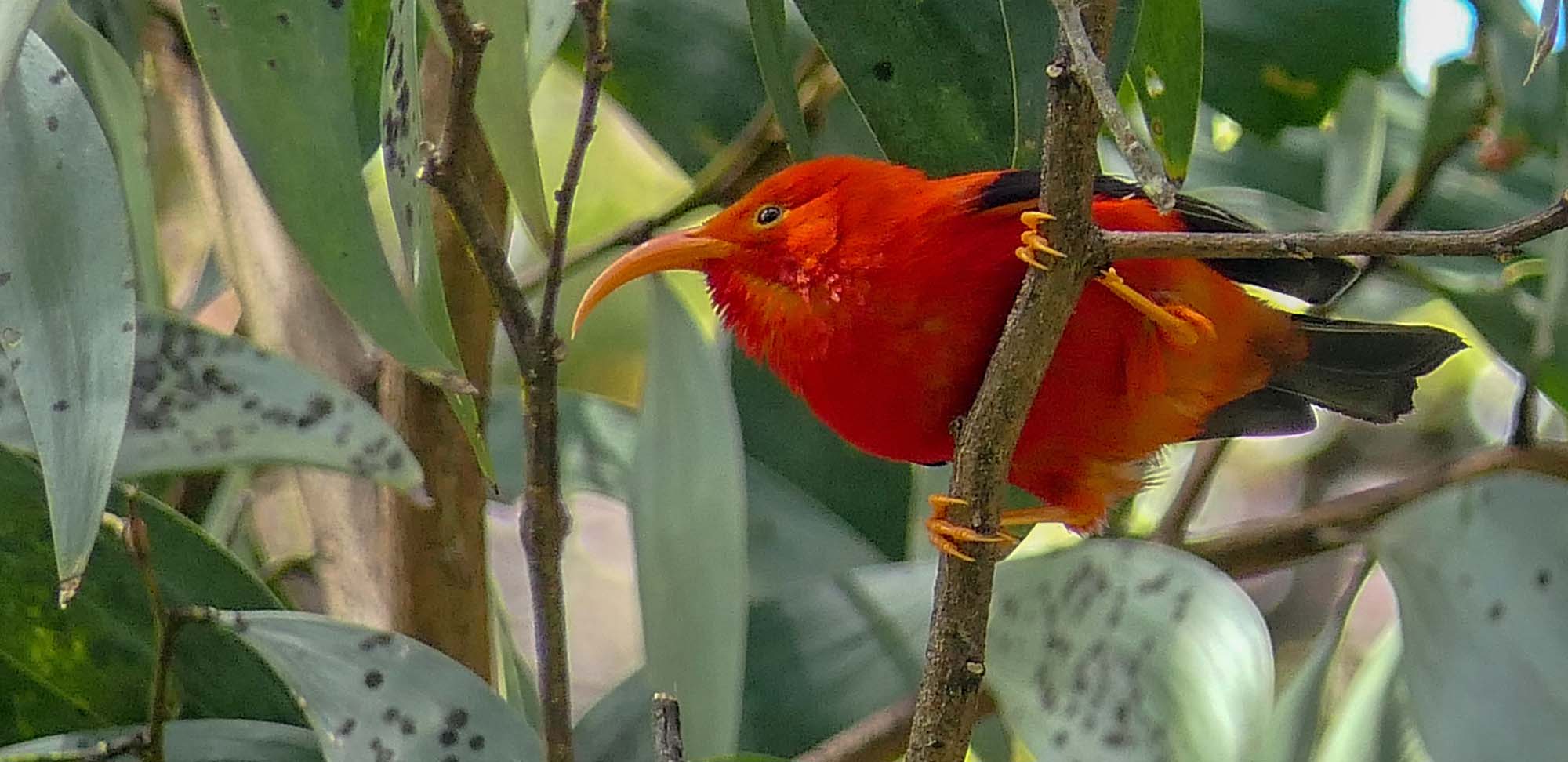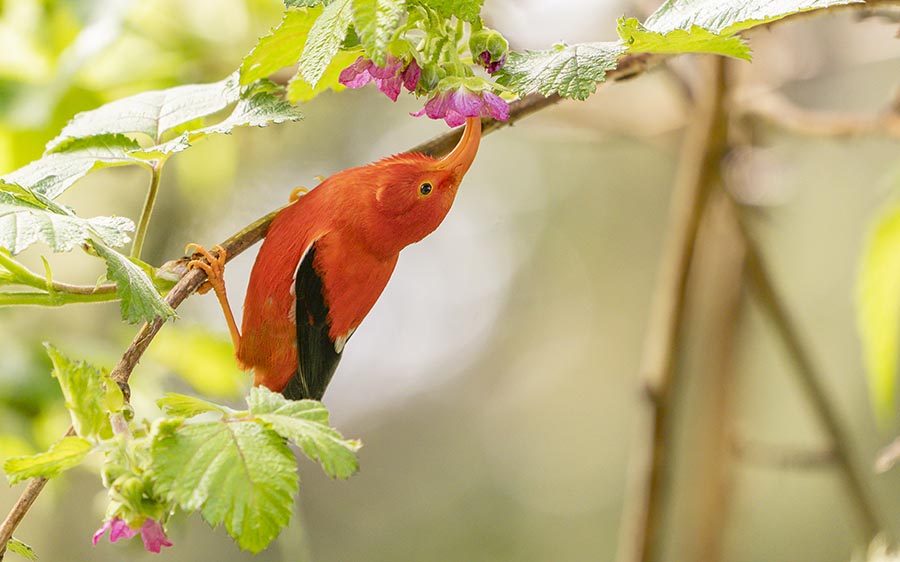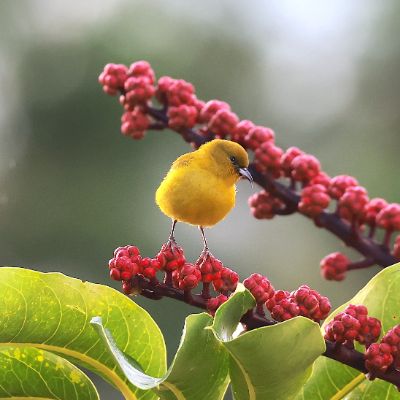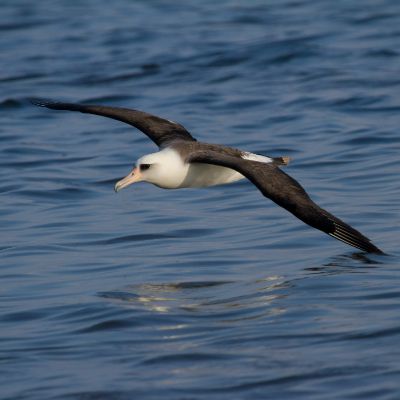Have you ever considered the joy and excitement that comes with bird watching? If you find yourself on Oahu, you’re in for a treat. This beautiful Hawaiian island is not just about sandy beaches and lush landscapes; it’s also home to a diverse range of bird species. Whether you’re a seasoned bird watcher or just curious to learn more, Oahu offers an adventure like no other.
Why Bird Watching in Oahu?
Oahu presents an exceptional opportunity for bird enthusiasts. Its unique geography and climate foster a variety of ecosystems, making it a prime location for both native and migratory birds. This island is home to several endemic species, meaning you won’t find them anywhere else in the world.
Bird watching isn’t just a hobby; it’s a way to connect with nature, practice mindfulness, and observe the beauty of wildlife. As you venture out in search of these feathered friends, you’ll find yourself immersed in the serene landscapes Oahu has to offer.
Ideal Seasons for Bird Watching
Understanding the best times to watch birds can greatly enhance your experience. In Oahu, the prime bird watching seasons are typically from late fall to early spring. During this time, migratory birds flock to the islands, providing a rich diversity of species to observe.
| Season | Characteristics |
|---|---|
| Spring | Migratory birds arrive; great for spotting both locals and transients. |
| Summer | Breeding season for many native species; ideal for hearing calls. |
| Fall | Preparation for bird migrations; chance to see a variety of species. |
| Winter | Peak migration season; many transient species are easily spotted. |
Where to Bird Watch in Oahu
Finding the right spots for bird watching can elevate your experience. Oahu features several prime locations, each offering unique opportunities for observation.
James Campbell National Wildlife Refuge
Located on the North Shore, this refuge is a haven for bird watchers. Spanning over 1,100 acres, it provides critical habitat for the endangered Hawaiian waterbirds.
- What to Expect: Various species of ducks, coots, and the rare Hawaiian stilt can be seen here.
- Best Time to Visit: Mornings are particularly vibrant, as birds are most active during this time.
Hanauma Bay Nature Preserve
Although mainly known for snorkeling, Hanauma Bay is also a great spot for bird watching. The rocky outcrops and shrublands attract many species.
- What to Expect: Look out for the Hawaiian Black (now known as the Hawaiian goose) and various shorebirds.
- Best Time to Visit: Early mornings provide a quieter environment for observation.
Makapu’u Point
A scenic hike leads you to Makapu’u Point, where the views are stunning and the bird life is vibrant. The cliffs provide a perfect platform for viewing seabirds.
- What to Expect: Watch for albatrosses and other seabirds as they soar over the waves.
- Best Time to Visit: Late afternoons can offer breathtaking views, combined with bird spotting.
Pearl Harbor National Historic Landmark
Birds often flock to various ecosystems within historic sites, and Pearl Harbor is no exception. While you learn about history, keep an eye out for local avian residents.
- What to Expect: Various native species are commonly observed among the landscaped areas.
- Best Time to Visit: Mid-morning generally sees a lot of bird activity.
The Ko’olau Mountains
These majestic mountains serve as a natural habitat for many native and endemic birds. Various trails will lead you through lush forests and provide ample opportunity for spotting.
- What to Expect: You might see the ‘I‘iwi and ‘Apapane, both of which are beautiful native honeycreepers.
- Best Time to Visit: Early mornings are the best, as the birds are more active before the heat of the day.

This image is property of fieldguides.com.
Essential Gear for Bird Watching
Having the right equipment can significantly enhance your bird watching experience. Here’s what you should consider bringing along:
Binoculars
Choosing the right binoculars is crucial for spotting birds. Look for a pair that offers a balance between power and field of view. Generally, 8×42 binoculars are a popular choice for bird watching due to their versatility.
Field Guide
A good field guide can be your best friend when identifying species. Whether you prefer a physical book or a digital app, having this resource at hand will help you learn more about what you see.
Comfortable Footwear
Much of bird watching involves walking or hiking, so wearing comfortable shoes is important. Opt for shoes that provide good grip, especially in uneven terrain.
Notepad and Pen
Keeping a birding journal can help you track what you’ve seen. Write down species names, locations, dates, and any other observations. This practice can deepen your connection with the experience and improve your identification skills over time.
Tips for Successful Bird Watching
Much like any other hobby, bird watching comes with its own set of strategies. Here are some friendly tips that can help enhance your experience.
Patience is Key
Bird watching requires a good deal of patience. Birds may not always be visible, so it helps to sit quietly and remain still. The more time you spend observing, the more likely you are to spot something interesting.
Move Slowly and Silently
When you’re in a bird’s habitat, moving carefully can make a significant difference. Sudden movements can alert birds and scare them away. Take your time and be gentle in your approach.
Learn Bird Calls
Familiarizing yourself with local bird calls can be incredibly beneficial. Not only will it enrich your experience, but you’ll also have a better chance of locating birds based on their sounds.
Dress for the Occasion
Wearing natural colors is advisable while bird watching. Bright colors can scare birds away, so dress in earthy tones. Comfortable, weather-appropriate clothing will also enhance your experience.

This image is property of www.birdingecotours.com.
Bird Conservation and Ethical Practices
As you embrace the enjoyment of bird watching, it’s essential to be aware of conservation and ethical practices. Birds play a significant role in the ecosystem, and by monitoring their populations, you’d be contributing to vital data collection efforts.
Respect Wildlife
When you’re out observing birds, ensure that you approach them with respect. Avoid getting too close or disturbing their nests, especially during breeding seasons.
Clean Up After Yourself
Maintaining the natural beauty of Oahu’s landscapes is crucial. Always take your trash with you and dispose of waste properly to keep the areas clean for wildlife and fellow bird watchers.
Join Local Conservation Efforts
Consider volunteering or participating in bird conservation programs on the island. This not only helps protect bird populations but also provides more opportunities for you to learn and connect with like-minded individuals.
Local Birding Groups and Community Resources
Engaging with local bird-watching communities can enhance your experience tremendously. Not only will you learn from others, but you’ll also find support, guidance, and camaraderie.
Join a Bird Watching Club
Clubs often organize activities, such as hikes and educational talks. You’ll have the chance to meet experienced bird watchers who can share their knowledge and expertise.
Participate in Bird Counts
Several organizations conduct annual bird counts, inviting volunteers to help collect data on bird populations. Participating in such efforts can give you a greater appreciation for the work that goes into conserving birds and their habitats.
Attend Workshops and Events
Seeking out workshops hosted by experts can be invaluable. They often cover topics like bird identification, photography, and conservation, allowing you to expand your skill set while connecting with enthusiasts in your area.

This image is property of hawaiibirdtours.com.
Challenges You Might Encounter
Every adventure comes with its challenges. While bird watching is enjoyable, being prepared for potential obstacles will help you make the most of your experience.
Weather Conditions
Oahu is known for its unpredictable weather. Be sure to check forecasts and dress accordingly. Rain gear and sun protection are always good items to have on hand.
Area Accessibility
Some birding locations may require a bit of a hike, so be prepared for varying terrain. Knowing your limits can help you choose suitable spots for your adventure.
Wildlife Etiquette
While it’s thrilling to observe birds up close, be mindful of keeping a respectful distance. Use your binoculars to minimize your intrusion into their space.
The Joy of Bird Watching
Ultimately, bird watching in Oahu can be a rewarding experience characterized by tranquility and discovery. Each outing presents new opportunities to observe behavior, learn about species, and appreciate the beauty of nature.
Imagine standing on a rocky shore, the sound of waves crashing in the distance while colorful birds flit around you. It’s a moment that connects you to the planet, reminding you of its rich diversity and the importance of preserving it.
Whether you’re seeking solitude, companionship, or simply a new adventure, bird watching can fulfill a variety of personal desires. Be open to what each excursion may bring, and allow nature to teach you.
Bird watching in Oahu is so much more than just spotting birds; it’s about connecting with your surroundings and appreciating the wonders of wildlife. So grab your binoculars, step outside, and say hello to the beautiful birds that call this island home! Your Oahu bird watching adventure awaits!

This image is property of hawaiibirdtours.com.

